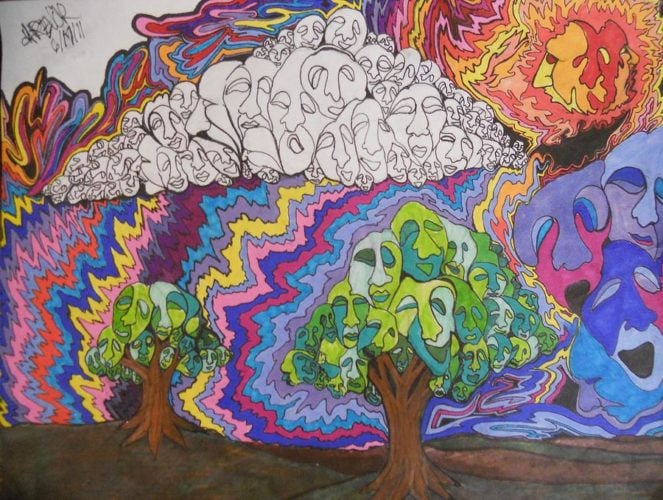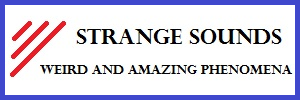Have you ever seen red plants? Well, most certainly not!
During photosynthesis, a plant is often unable to absorb all the uncoming light that hits their leaves and chloroplasts and a small portion of it is re-emitted as fluorescence which is invisible to the naked eye. However, satellites orbiting hundreds of miles above Earth are able to detect fluorescence. And this is what this amazing video shows you: What plant fluorescence looks like from orbit.
Improved global measurements could have implications for farmers interested in early indications of crop stress, and ecologists looking to better understand global vegetation and carbon cycle processes. It is thus key to understanding the health of global vegetation.












